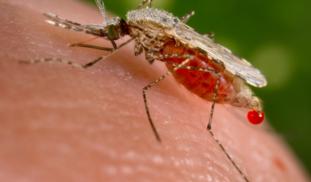Please wait...
About This Project
Yes, mosquitoes are flying syringes! They sample human blood as a normal part of their life cycle. We can take advantage of this nasty habit by using infected mosquitoes as a tool for monitoring the risk to human populations. Viral infection level in mosquitoes reflects the infection level in humans (Kilpatrick, 2013). Mosquitoes can also be used to screen for animal reservoirs of Zika. We’ve used this method to screen insects for parasites and are committed to adapting it to screen for Zika.
More Lab Notes From This Project

Browse Other Projects on Experiment
Related Projects
Toward ethical and affordable antivenom solutions: Can anti-toxin be animal cruelty-free?
Snakebite envenoming causes over 100,000 deaths annually, yet current antivenoms depend on animal plasma...
Microplastics: Can engineered enzymes remove microplastics from the human body?
Polyethylene terephthalate (PET) microplastics have been detected in human blood and tissues, and linked...
Shutting down cancer’s recycling system with exosome-based therapy
Pancreatic cancer is one of the deadliest cancers because its cells survive by recycling their own components...





